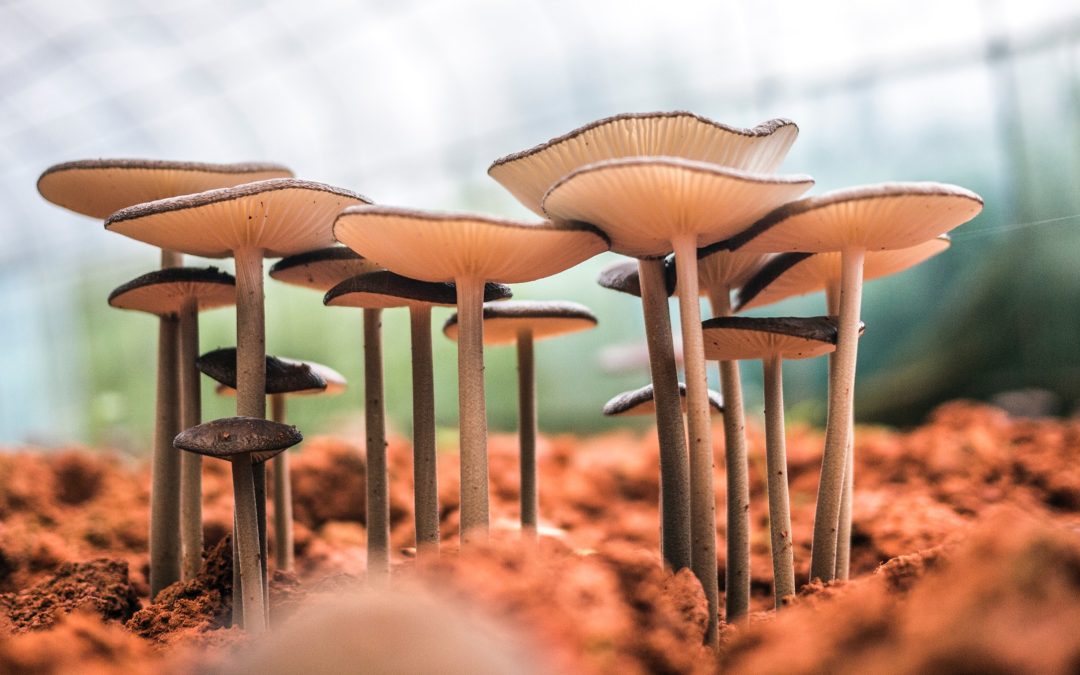“Do you want to see your placenta?” the midwife asks.
We let our birth clients know that this is an option, and even that they can often take their placenta home with them (barring infection or other illness).
But still, there’s sometimes a moment of indecision when presented with the option to see the placenta. Maybe some fear or squeamishness crosses her face. Perhaps a touch of revulsion.
And we get it. Honestly, if I wasn’t a doula, as a woman without children, I’d never have thought about placentas. The first time I saw one, I had no idea what to expect.
So… what does a placenta look like?
If you’re listening to birthy types, and postpartum placenta specialists, you may hear it described as the “tree of life”. That’s because your placenta is attached to your baby via the umbilical cord, and then many blood vessels. When looked at a certain way (artistically, I suppose), this looks like a tree and branches.
And this “tree” feeds your baby while he grows inside you. Hence, the tree of life.
This is why some of our placenta encapsulation clients request a print of their placenta.
Most people though, don’t describe placentas the way that doulas, midwives, and other birth workers do. If they think about placentas at all, they think of them as afterbirth, organs or perhaps medical waste.
In my labor doula clients’ birth rooms, placentas that were recently born have been described as “spongey”. They’re often compared to liver. One husband looked at it and told his wife that she’d just birthed “zombie skin”.
If you allow it to be disposed of or take it home to plant it in your garden, that’s the only way you’ll see your placenta.

And then there are the many stages of the placenta’s appearance during encapsulation.
Initially, it’s raw, or frozen, and looks very similar to when it’s first birthed. We encapsulate or freeze placentas soon after birth, for safety reasons, so it’s typically still red, pink or blue and veiny looking, with beige amniotic sacs and an umbilical cord attached.
When I’m initially thawing and draining the placenta, clients and their families are often surprised that it’s not bloodier, and doesn’t smell as strong as they thought it would.
But we then steam the placenta with lemon and ginger both because of tradition, and safety. And that’s where comparisons get interesting.
A steamed placenta might be compared to salisbury steak, a portabella mushroom cap, or once, a pot roast with garlic butter. And the liquid at the bottom of the pan looks like broth.
Then, as the placenta is sliced, it looks similar to steak, assuming you like your steak medium to medium rare. The red meat comparisons continue, as after it’s dehydrated overnight, the placenta looks like very crisp jerky.
Fortunately, we can complete this entire process without our clients having to be involved. Though it does take place in their kitchen (as another safety precaution), it’s our goal to leave things cleaner than we found them- sanitary, well bleached and biohazard free.
Some clients are into it, and take pictures of every step of placenta encapsulation.
They’re the ones that read all of this with fascination and are excited to see it in person.
Not everyone feels that way about their placenta.
For anyone who just wants the end product (placenta capsules) without knowing how the proverbial sausage is made, we have excellent news. Once your processed placenta is ground up and placed into capsules, it just looks like a pill filled with powder. And while you have the benefit of knowing that our process is safe and transparent, you don’t actually have to watch.
If anyone ever asks you what a placenta looks like though, be sure to ask them “when?”
Sign up for our live childbirth classes here


